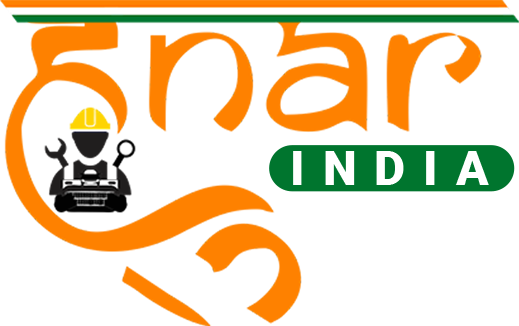Social Science
CBSE/Class 9About this course
Social Science is a compulsory subject up to the secondary stage of school education. It is an integral component of general education because it helps the learners to understand the environment in its totality and developing a broader perspective and an empirical, reasonable, and humane outlook. This is of crucial importance because it helps them grow into well-informed and responsible citizens with the necessary attributes and skills for being able to participate and contribute effectively in the process of development and nation-building.
By the numbers
Certificate
Get Course certificate by completing entire course
Description
The Social Science curriculum draws its content mainly from History, Geography, Political Science, and Economics. Some elements of Sociology and Commerce are also included. Together they provide a comprehensive view of society over space and time, and in relation to each other. Let us see the syllabus-
India and the Contemporary World – I – History
Unit I: Events and Processes
1. French Revolution
(a) The Ancient Regime and its crises.
(b) The social forces that led to the revolution.
(c) The different revolutionary groups and ideas of the time.
(d) The legacy.
2. Russian Revolution
(a) The crises of Tzarism.
(b) The nature of social movements between 1905 and 1917.
(c) The First World War and foundation of Soviet state.
(d) The legacy.
3. Rise of Nazism
(a) The growth of social democracy.
(b) The crises in Germany.
(c) The basis of Hitler’s rise to power.
(d) The ideology of Nazism.
(e) The impact of Nazism.
Unit II: Economies and Livelihoods
4.Pastoralists in the Modern World
(a) Pastoralism as a way of life.
(b) Different forms of pastoralism.
(c) What happens to pastoralsim under
5. Forest Society and Colonialism
(a) Relationship between forests and livelihoods.
(b) Changes in forest societies under colonialism.
6. Farmers and Peasants
(a) Histories of the emergence of different forms of farming and peasant societies.
(b) Changes within rural economies in the modern world.
7. Sports and Politics. The Story of Cricket
(a) The emergence of cricket as an English sport.
(b) Cricket and colonialism.
(c) Cricket nationalism and de-colonization.
8. Clothes and Cultures
(a) A short history of changes in clothing.
(b) Debates over clothing in colonial India.
(c) Swadeshi and the movement for Khadi.
Contemporary India – I: Geography
- India
- Size and Location
- India and the World
- India’s Neighbours
- Physical Features of India:
- Major Physiographic Divisions
- Drainage: Note: Only Map Items as given in the Map List from this chapter are to be evaluated in Examination.
- Climate:
- Concept
- Climatic Controls
- Factors influencing India’s climate
- The Indian Monsoon
- Distribution of Rainfall
- Monsoon as a unifying bond
- Natural Vegetation and Wild Life:
- Factors affecting Vegetation
- Vegetation types
- Wild Life
- Conservation
Democratic Politics – I: Political Science
- What is Democracy? Why Democracy?:
- What is Democracy?
- Features of Democracy
- Why Democracy?
- Broader Meaning of Democracy
- Constitutional Design:
- Why do we need a Constitution?
- Making of the Indian Constitution
- Guiding Values of the Indian Constitution
- Electoral Politics:
- Why Elections?
- What is our System of Elections?
- What makes elections in India democratic?
- Working of Institutions:
- How is the major policy decision taken?
- Parliament
- Political ExecutiveJudiciary
Economics
- The Story of Village Palampur:
- Overview
- Organization of production
- Farming in Palampur
- Non-farm activities of Palampur
- People as Resource:
- Overview
- Economic activities by men and women
- Quality of Population
- Unemployment
- Poverty as a Challenge:
- Two typical cases of poverty
- Poverty as seen by Social Scientists
- Poverty Estimates
- Vulnerable GroupsInterstate disparities
- Global Poverty Scenario
- Causes of Poverty
- Anti-poverty measures
- The Challenges Ahead





